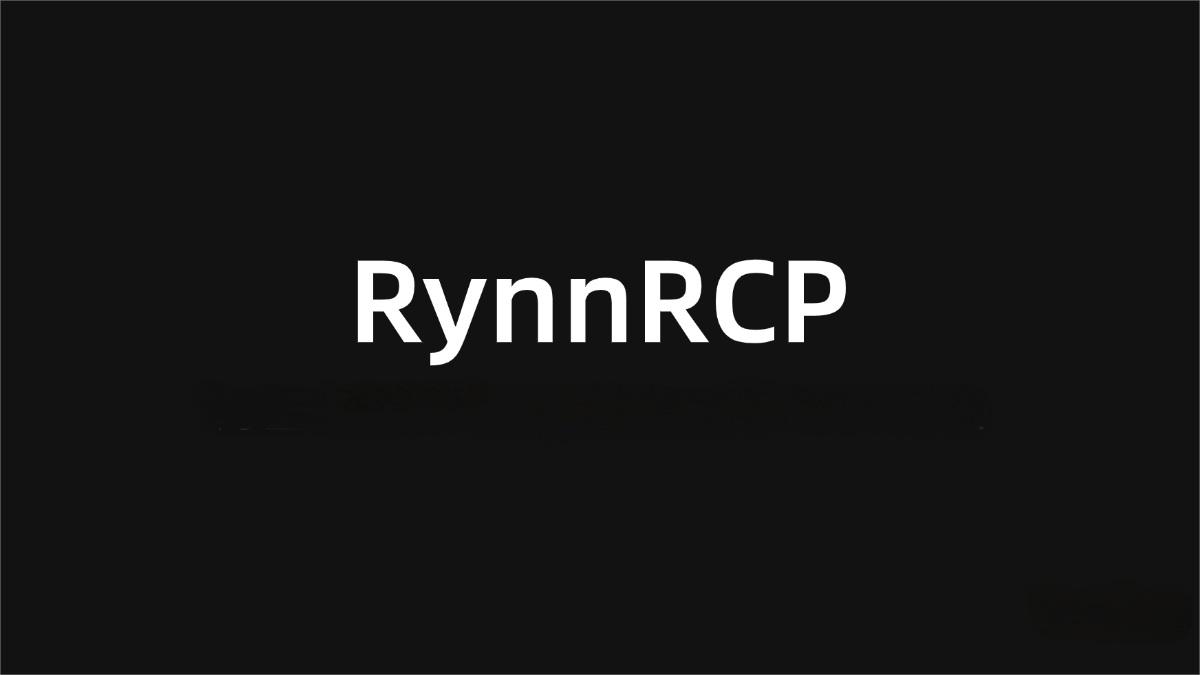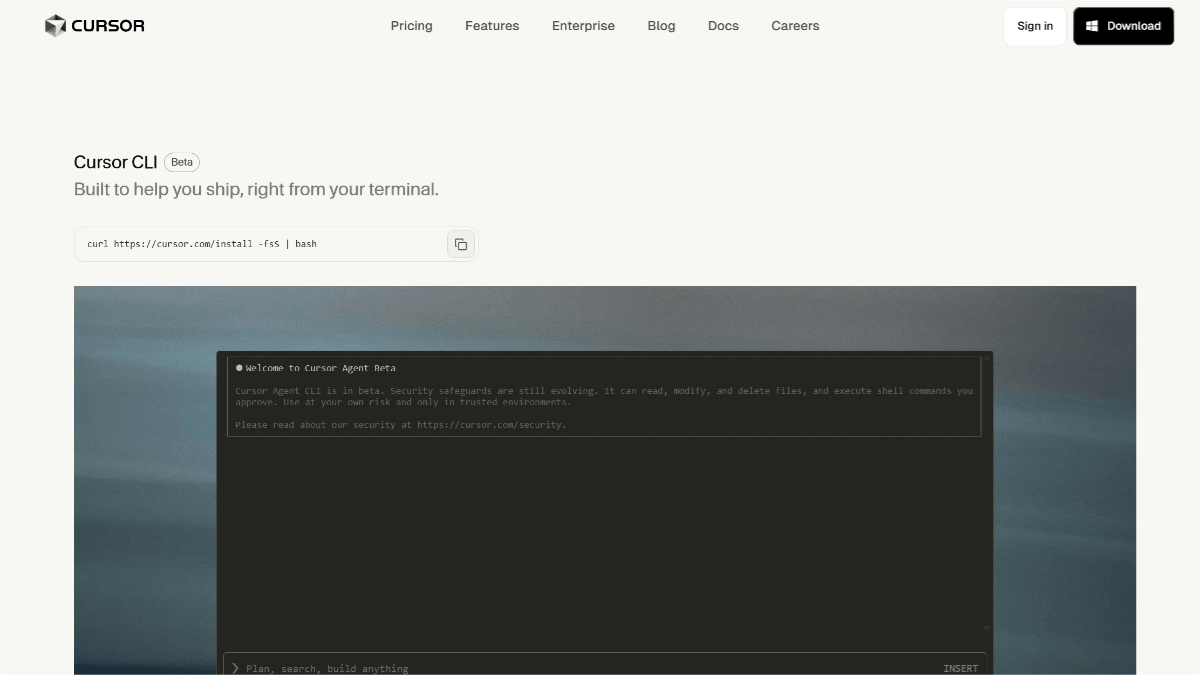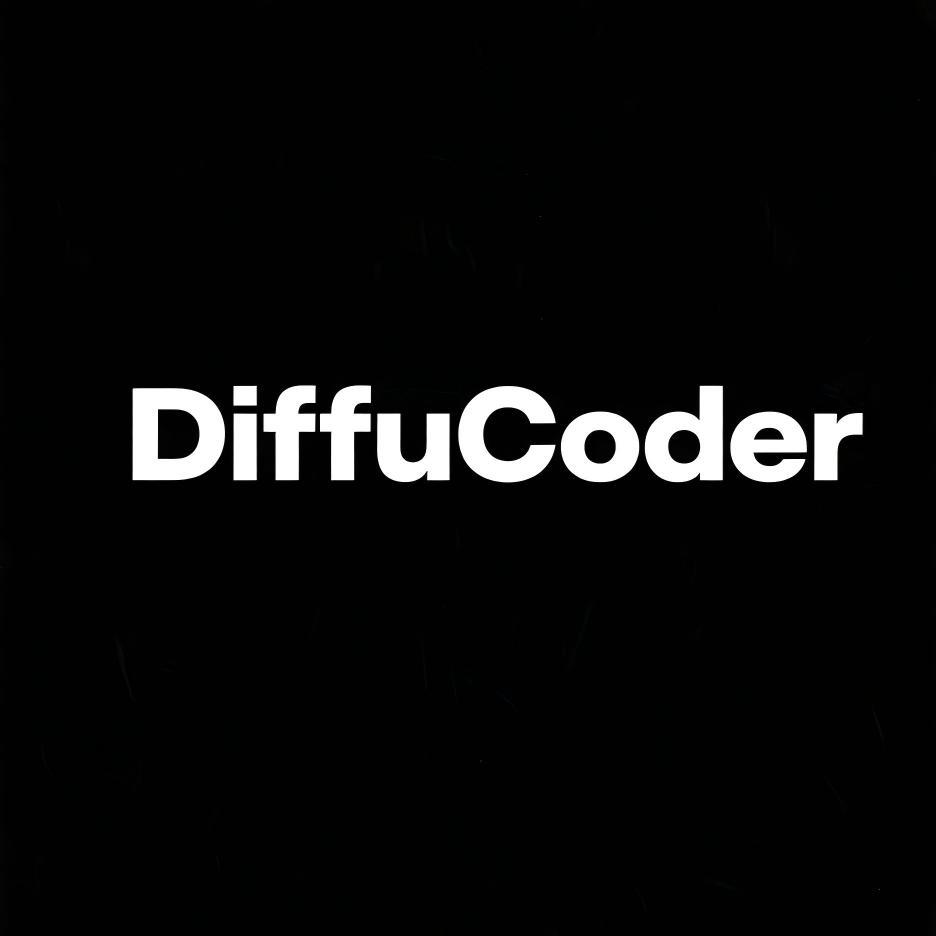RynnRCP – Alibaba DAMO Academy’s Open-Source Robot Context Protocol
What is RynnRCP?
RynnRCP is an open-source Robotics Context Protocol developed by Alibaba DAMO Academy, designed to streamline the entire embodied intelligence development process. It consists of two main modules: the RCP Framework and RobotMotion. The RCP Framework provides standardized capability interfaces for robot bodies and sensors, while RobotMotion serves as a bridge between cloud inference and robot control—transforming low-frequency inference commands into high-frequency control signals. By offering standardized protocols and tools, RynnRCP lowers development barriers and enables efficient adaptation and implementation from data collection to action execution in embodied AI systems.

Key Features of RynnRCP
RCP Framework
-
Capability abstraction: Abstracts the capabilities of robots and sensors, wrapping complex hardware interfaces into standardized service APIs for easy developer access.
-
Multi-protocol support: Supports various communication protocols (e.g., MQTT, WebSocket, LCM) to enable efficient communication between robots, cloud platforms, and edge devices.
-
Modular design: Allows developers to extend and customize service nodes as needed, such as for device occupancy control, resource scheduling, and multi-client collaboration.
-
Secure communication: Stores only device authentication metadata in configuration files; generates time-sensitive access tokens at runtime via HTTPS secure channels to ensure communication security.
RobotMotion
-
Low-to-high frequency conversion: Converts discrete low-frequency inference commands into high-frequency continuous control signals in real time, ensuring smooth and coherent robot movements.
-
Simulation and debugging tools: Provides MuJoCo-based physical simulation for motion planning and validation in simulated environments, reducing the difficulty of strategy transfer.
-
Data collection and replay: Supports data logging and playback for visual analysis of robot motion trajectories.
-
Real-robot debugging: Allows direct testing and optimization of control strategies on physical robots.
Camera Node
-
Real-time image capture: Uses OpenCV to capture images from multiple cameras in real time, with adjustable resolution and frame rate.
-
Lossless compression: Applies Gzip to losslessly compress raw images, reducing network bandwidth usage.
-
Asynchronous processing: Uses Python multithreading to separate image capture from message handling, ensuring responsiveness and efficient resource utilization.
Technical Principles of RynnRCP
-
Robotics Context Protocol (RCP): A standardized communication protocol that defines interactions between robot bodies, sensors, and cloud platforms. By using an abstraction layer, it wraps hardware interfaces into general-purpose service APIs, enabling seamless integration across different hardware and models. RCP supports multiple communication protocols (MQTT, WebSocket, LCM, etc.) and includes an adaptation layer for protocol conversion and compatibility. It uses standardized data formats (e.g., Protobuf, LCM message types) to define the content and structure of transmitted data.
-
Modular architecture: The RCP Framework adopts a modular approach, splitting robot services into independent modules (e.g., ActionServer, SensorServer, DeviceMonitorServer), each handling a specific function. This allows developers to extend or customize as needed while following a unified development paradigm to reduce costs.
-
Low-to-high frequency conversion: The RobotMotion module employs real-time control algorithms to translate discrete low-frequency inference commands into smooth, continuous high-frequency control signals. Combined with physical simulation tools (such as MuJoCo), it ensures motion trajectories comply with physical constraints.
Project Link
-
GitHub Repository: https://github.com/alibaba-damo-academy/RynnRCP
Application Scenarios
-
Industrial automation: Enables precise control and task execution of robotic arms on manufacturing lines, improving efficiency and product quality.
-
Logistics and warehousing: Controls AGVs and warehouse robots for goods handling and sorting while monitoring inventory status in real time to optimize logistics workflows.
-
Service robots: Powers robots in homes, hotels, and restaurants to perform cleaning, food delivery, customer assistance, and more—enhancing service efficiency and user experience.
-
Medical rehabilitation: Controls rehabilitation robots to adjust training intensity based on patient progress and assists surgical robots in providing high-precision support.
-
Agriculture and environmental monitoring: Operates agricultural robots for planting, irrigation, and harvesting, as well as environmental monitoring robots for real-time data collection to support agriculture and environmental protection.
Related Posts




